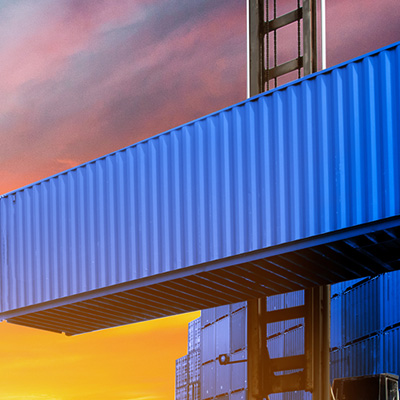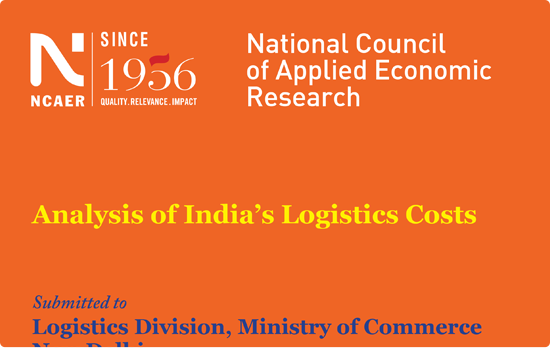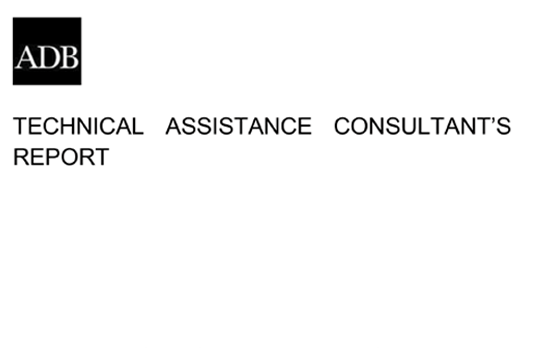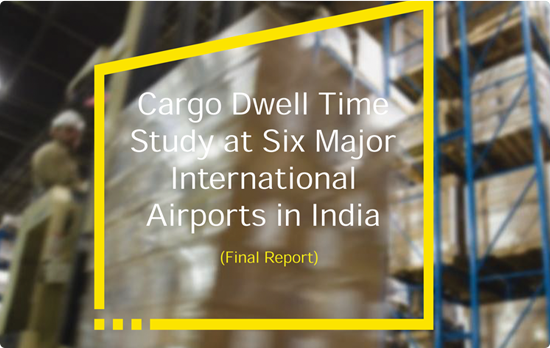Downloadable Resources

रसद वास्तुकला
Strategic initiatives are required across the six foundational layers. The first foundational layer, the integrated logistics services would focus on developing a unified legal and regulatory environment, effective coordination mechanism, integrated investment planning and monitoring, standardization, digital enablement, streamlining and simplification of processes, promoting logistics service providers (3PL/4PL), focus on skilling, reskilling, and improving work environment for logistics workers, and finally promoting green logistics, research, innovation and start up activities. Initiatives in this space will primarily be driven by logistics division.
The focus of the second foundational layer, multi-modal logistics infrastructure will be to promote use of logistics infrastructure in the most efficient and environment-friendly manner. The strategic initiatives would focus on prioritizing policy and infrastructure initiatives to improve road and rail freight movement, promote multimodal movement especially through coastal and inland waterways, co-development of multimodal transport terminals, development of trans-shipment and handling facilities, greater focus on first mile and last mile connectivity, and urban logistics. These initiatives will be driven by the four transport ministries while logistics division would provide perspective on planning, prioritization and integration of various initiatives to drive multi-modality and provide seamless end-user experience.
The third foundational layer is cost-effective and reliable freight movement in the core sectors of economy, starting with agriculture and allied sector, MSMEs, coal, iron-ore/steel, cement, fertilizers, food grains, and automobiles. Special attention is given to movement of dangerous and specialized cargo. Here the key strategic initiative would be to promote modal shift to cost effective and environmentally sustainable modes. Here, the logistics division will play an important role in bringing together the user and transport ministries to develop efficient and reliable National Logistics Grids for optimization of logistics movement from origin to destination.
The fourth foundational layer is the logistics for international competitiveness with a view to improve ease of doing trade. Here the strategic initiatives would include facilitating paperless transactions through seamless integration with Custom’s single window digital platform ICEGATE and working with over 40 PGAs for rapid and robust risk based clearances in export import (EXIM) of goods. Special focus would be on providing logistics for India’s integration with global value chains and promoting exports through trade corridors. Here again, the logistics division would play a facilitative role to promote digital enablement of the entire logistics space with G2G, G2B and B2B services.
The fifth foundational layer is the emergencies and strategic logistics, with the logistics division providing digital access to all logistics assets to support MHA and the National Disaster Management Authority (NDMA) in relief and rehabilitation efforts. Similarly, digital access of key strategic assets would be crucial for the Ministry of Defence in defence preparedness.
The above framework ensures that the transformation of the logistics sector is taken up in a holistic manner. The role of the private sector would be key in this, both in investment and operations through innovative partnerships. The approach is to achieve complete alignment of the public sector and private sector players for improved logistics efficiency through improvements in cost, speed and time, quality of logistics and value-added logistics for the country’s growing and evolving economy.
Over the past couple of years, several studies have been conducted for a deeper understanding of the logistics sector These studies cover analysis of logistics costs for 27 EXIM routes, 20 domestic routes and 5 routes for movement of bulk cargos like fertilizers, coal and cement as well as commodity corridor analysis for top 8 commodities covering ~55-60% of the total freight movement. Commodity level interventions to promote coastal shipping have also been done besides a feasibility study of national logistics portal. Other key studies include a report on logistics development submitted by the Economic Advisory Council to the Prime Minister; and Annual surveys of Logistics Ease Across the States (LEADS) implemented in 2018 and 2019 The National Logistics Policy builds on the findings of these studies and reports and incorporates learning from global best practices.






